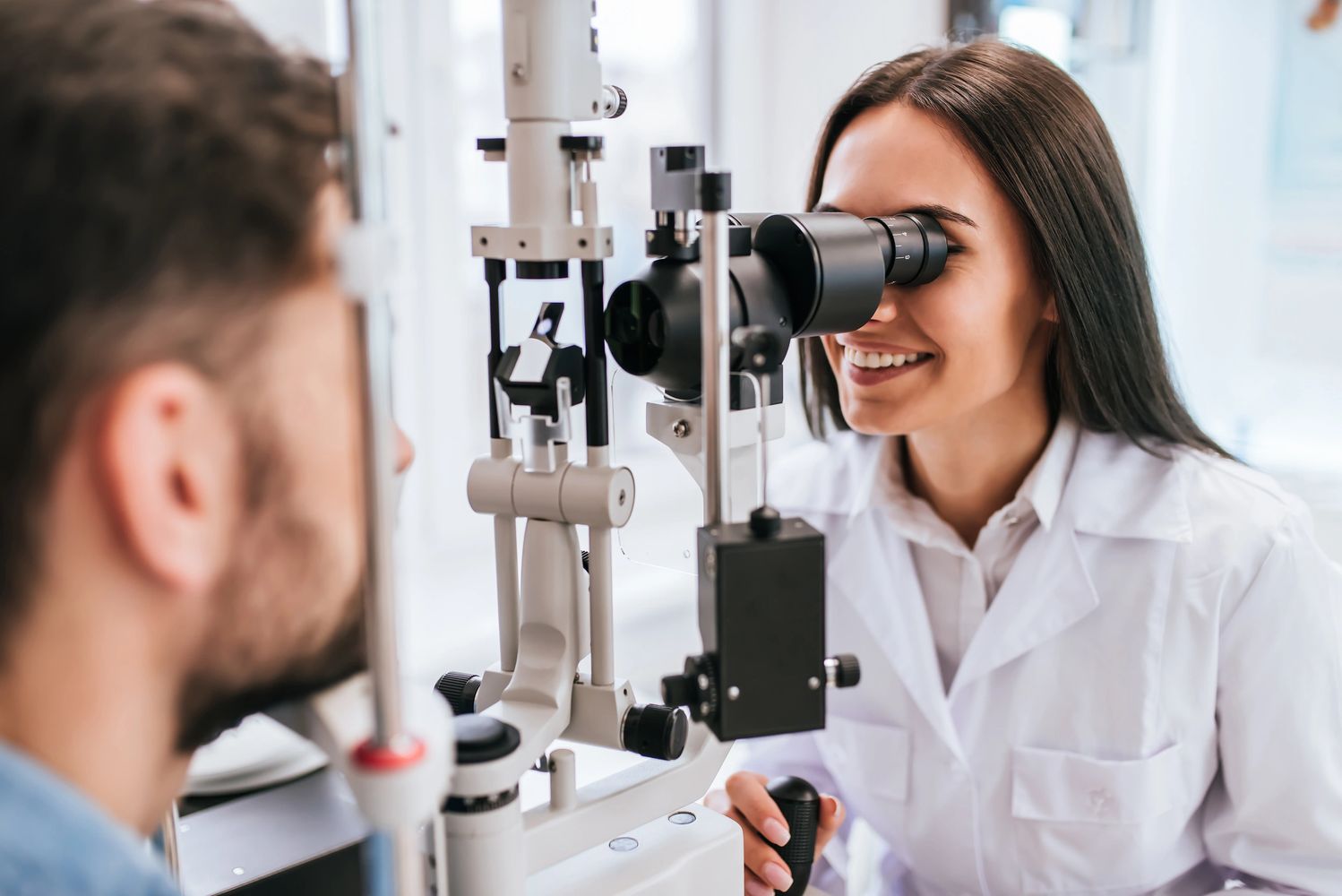Recognizing the Different Vision Adjustment Procedures Available for Clearer View
In the realm of vision correction treatments, a plethora of alternatives exist to address refractive mistakes and offer individuals with clearer view. From the commonly recognized LASIK surgery to less intrusive treatments like PRK and implantable lenses, the field of ophthalmology offers a range of strategies customized to fit different needs and choices. Each treatment comes with its own set of factors to consider, benefits, and possible threats. Comprehending the subtleties of these vision adjustment methods is vital for making notified decisions about one's aesthetic health. Let's explore the complexities of these treatments and clarified the course to accomplishing improved vision clearness.
LASIK Surgery
LASIK surgery is a common refractive treatment utilized to correct vision troubles such as nearsightedness, astigmatism, and farsightedness. This surgical strategy, which stands for Laser-Assisted in Situ Keratomileusis, aims to improve the cornea to improve exactly how light is focused on the retina, eventually improving vision clarity.
One of the primary benefits of LASIK surgical treatment is the fast renovation in vision experienced by patients. In general, LASIK surgery is a prominent selection for individuals seeking a lasting solution for their vision issues.
PRK Treatment

PRK is an appropriate alternative for people with slim corneas or those at a higher risk of eye injuries, as it does not involve developing a corneal flap. The recovery process for PRK is a little longer contrasted to LASIK, as the epithelium needs time to restore. Individuals may experience pain and blurred vision for a couple of days adhering to the treatment.
In spite of the longer recovery time, PRK can generate superb lead to vision improvement, making it a useful option for those that might not appropriate prospects for LASIK surgical procedure. - Neurologist Andalusia
Implantable Lenses
As opposed to PRK where the cornea is reshaped directly, implantable lenses provide another technique for fixing vision by inserting synthetic lenses inside the eye. This treatment is particularly helpful for people with high levels of nearsightedness, astigmatism, or farsightedness who might not appropriate prospects for laser surgical procedures like LASIK or PRK.
Implantable lenses, additionally called phakic intraocular lenses, job by supplementing the eye's natural lens with a man-made one. These lenses can be positioned in front of the natural lens (former chamber) or behind the iris and before the all-natural lens (posterior chamber) By changing the power and positioning of these lenses, ophthalmologists can efficiently deal with refractive errors and Eye Center Andalusia boost aesthetic acuity.
One advantage of implantable lenses is that they are removable and exchangeable, providing adaptability for future modifications. As with any type of surgical procedure, there are threats entailed, such as infection or cataract development. Clients taking into consideration implantable lenses must consult with an eye treatment expert to figure out one of the most appropriate alternative based upon their specific demands and eye health.
Corneal Rings

The procedure for inserting corneal rings is relatively fast and minimally invasive, typically carried out as an outpatient treatment. During the surgical procedure, the ophthalmologist makes a small incision in the cornea and inserts the rings at a certain depth. Once in position, the rings aid to reshape the cornea, offering a smoother surface for light to get in the eye, which can result in more clear vision.
Corneal rings are considered a relatively easy to fix procedure, as they can be removed or replaced if necessary. While they may not completely get rid of the need for glasses or contact lenses, corneal rings can substantially improve vision quality and overall aesthetic comfort for individuals with keratoconus or various other corneal irregularities.
Refractive Lens Exchange
Adhering to the correction of corneal abnormalities with treatments like corneal rings, an additional vision modification strategy that can resolve refractive mistakes is Refractive Lens Exchange (RLE) RLE is an operation that involves changing the eye's all-natural lens with a fabricated intraocular lens (IOL) to deal with refractive errors such as farsightedness, nearsightedness, and presbyopia. This procedure is specifically helpful for individuals who may not appropriate prospects for treatments like LASIK or PRK due to factors such as thin corneas or high refractive mistakes.
Healing time for RLE is fairly fast, and clients can anticipate better vision quickly after the procedure. As with any type of medical treatment, prospective dangers and issues exist, so a thorough appointment with an eye treatment specialist is necessary to determine if RLE is the best vision adjustment option.
Verdict

In the world of vision improvement treatments, a multitude of choices exist to attend to refractive mistakes and provide people with clearer view.LASIK surgery is an usual refractive procedure utilized to remedy vision troubles such as farsightedness, astigmatism, and nearsightedness.While also a common refractive procedure, the PRK (Photorefractive Keratectomy) method differs from LASIK surgical treatment in its method to dealing with vision issues.Adhering to the correction of corneal irregularities with treatments like corneal rings, another vision correction method that can attend to refractive errors is Refractive Lens Exchange (RLE) LASIK surgical treatment, PRK treatment, implantable lenses, corneal rings, and refractive lens exchange are all options that can address various vision concerns.